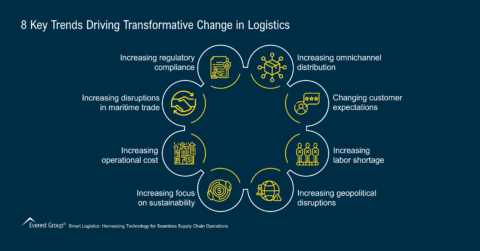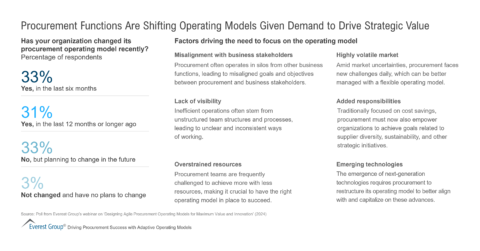Filter
Displaying 1-10 of 100
Virtual Roundtable
1 hour 30 minutes
How to Thrive in Adversity in APAC? Look to Procurement Leaders | LinkedIn Live
On-Demand LinkedIn Live
1 hour
2025 CPO Objectives: Facing Challenges, Achieving Business Goals, and Future Aspirations | Webinar
On-Demand Webinar
1 hour
Designing Agile Procurement Operating Models for Maximum Value and Innovation | Webinar
On-Demand Webinar
1 hour
Mitigating Supplier Risks: The Power of Advanced Tools and Technologies | Webinar
On Demand Webinar
1 hour











